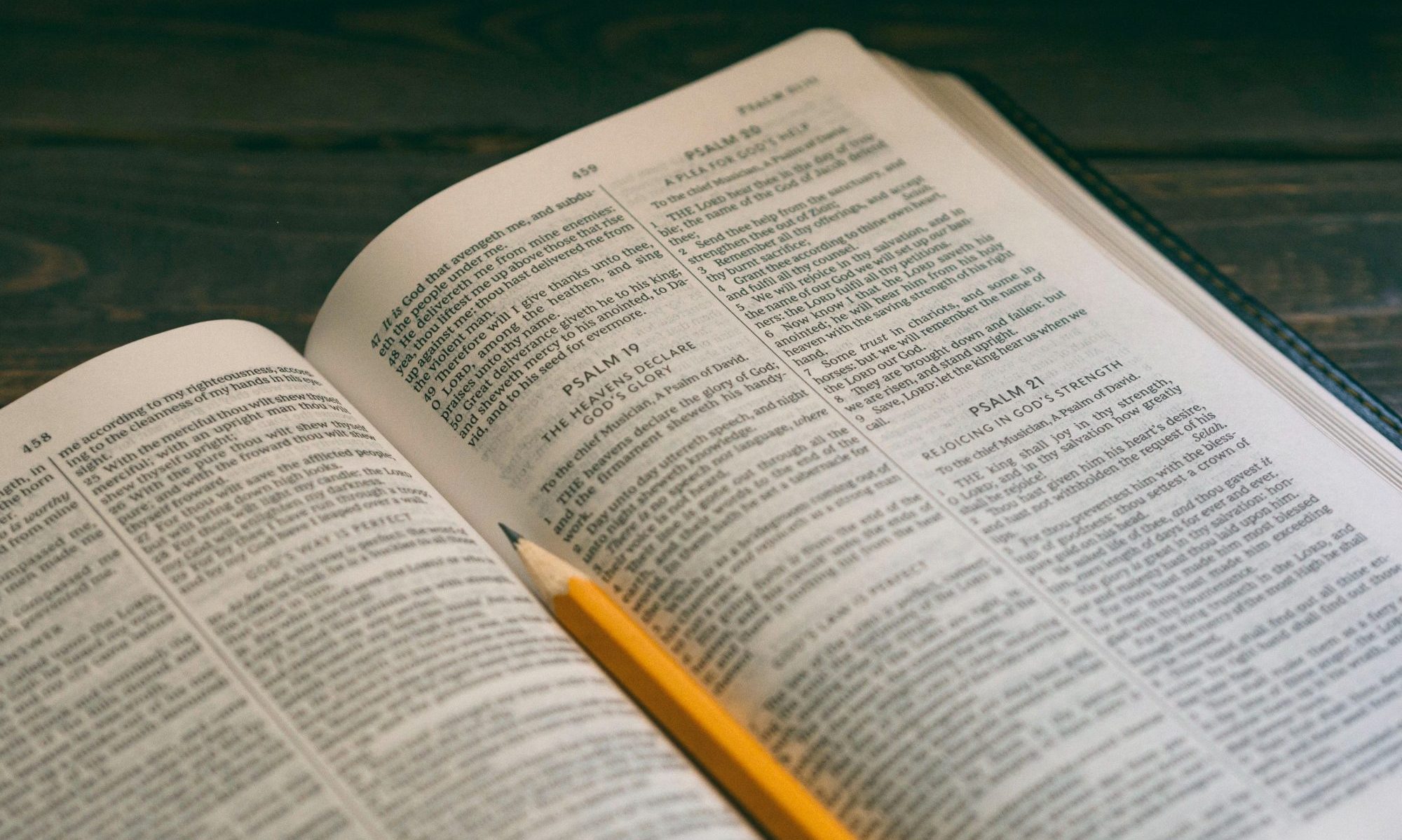Today’s scripture: Isaiah 44:9-20 (NRSV) (The Message) (KJV) What might God be saying to me?
“Who would fashion a god or cast an image that would do no good?”
Right, who would? Just about everyone, in one way or another, at one time or another. Every ancient civilization has, among its artifacts, a healthy quantity of statues and amulets, large and small, meant to provide a way to connect with its perception of what was divine. For those old enough, the phrase “little tin god” was a fairly recent moniker for the process of perceiving something non-divine as worthy of worship. I still see the occasional rabbit foot or “lucky” crystal. The object’s purpose is to have a sense of connection with some external power that gives us a feeling of more control over our lives and circumstances. Do you have a lucky shirt to wear when your team is playing? Do you cast some spilled salt over your left shoulder to ward off evil fortune? It’s all the same thing. When we feel uncertain, fearful, depressed, or threatened, we want something to make it all magically better. This is the need that shapes idols out of metal, stone, clothing, or celebrities — whatever is at hand. What we really have is a figure born of our own imagination whose only power is to allow us to believe that our situation isn’t as uncertain as it seems.
Until the Jews came along, every culture followed this path of giving their beliefs one or more physical forms and a distinct name. With the Jews, the relationship moved from worshiping a figure to worshiping the guidance that was received from their one God through Moses and the prophets of their people. A key element of that guidance was to not impose a worldly form on the divine, not even a specific name that could be used.
Yet we saw that the Jews built a temple by divine instruction, and developed a very extensive set of laws about clothing, diet, etc. A mezuzah will probably be found on the doorframe of a Jewish home. For Christians, you find a crucifix of some sort. For Roman Catholics, you will find statues; for Greek Orthodox, you will find icons. For Muslims, you will find complex geometry and inscriptions rendered most artistically. It is as if, to relate to God, we need a pattern we can accept as a guide to the Lord’s Presence. We have a profound need to give God a “face” that we can see, a form that we can touch.
The issue arises when we begin to accept these reminders, these artifacts as if they were in fact imbued with the power reserved to God. When do we allow our symbol chosen to remind us of God to replace an intentional spiritual relationship with God? We have a very sad habit of being “little tin god” makers.
Thought for the day: The beautiful heavens, the dancing flame, the delicate flower, the human form — all are amazing expressions of the power of God. But they are not the source of the power itself. The pot is not the potter.
We encourage you to include a time of prayer with this reading. If you need a place to get started, consider the suggestions on the How to Pray page.

